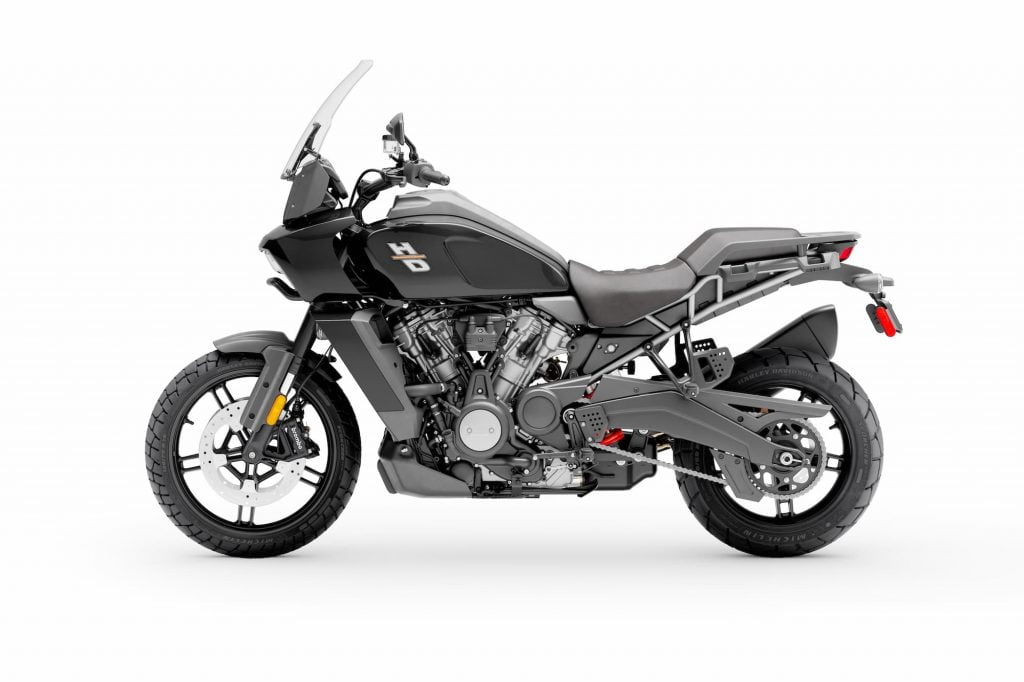- Arabic
- French
- Russian
- Spanish
- Portuguese
- Turkish
- Armenian
- English
- Albanian
- Amharic
- Azerbaijani
- Basque
- Belarusian
- Bengali
- Bosnian
- Bulgarian
- Catalan
- Cebuano
- Corsican
- Croatian
- Czech
- Danish
- Dutch
- Afrikaans
- Esperanto
- Estonian
- Finnish
- Frisian
- Galician
- Georgian
- German
- Greek
- Gujarati
- Haitian Creole
- hausa
- hawaiian
- Hebrew
- Hindi
- Miao
- Hungarian
- Icelandic
- igbo
- Indonesian
- irish
- Italian
- Japanese
- Javanese
- Kannada
- kazakh
- Khmer
- Rwandese
- Korean
- Kurdish
- Kyrgyz
- Lao
- Latin
- Latvian
- Lithuanian
- Luxembourgish
- Macedonian
- Malgashi
- Malay
- Malayalam
- Maltese
- Maori
- Marathi
- Mongolian
- Myanmar
- Nepali
- Norwegian
- Norwegian
- Occitan
- Pashto
- Persian
- Polish
- Punjabi
- Romanian
- Samoan
- Scottish Gaelic
- Serbian
- Sesotho
- Shona
- Sindhi
- Sinhala
- Slovak
- Slovenian
- Somali
- Sundanese
- Swahili
- Swedish
- Tagalog
- Tajik
- Tamil
- Tatar
- Telugu
- Thai
- Turkmen
- Ukrainian
- Urdu
- Uighur
- Uzbek
- Vietnamese
- Welsh
- Bantu
- Yiddish
- Yoruba
- Zulu
Aug . 22, 2024 03:17 Back to list
Comparison of Flat Belt Drive and V-Belt Drive Systems for Mechanical Applications
Flat Belt Drive vs. V-Belt Drive An Overview of Power Transmission Systems
In the world of mechanical engineering, power transmission systems are crucial in ensuring efficient movement of energy from one component to another. Two prominent types of belt drives used in various industrial applications are flat belt drives and V-belt drives. Each system has its unique characteristics, advantages, and applications, making them suitable for different operational needs.
Flat Belt Drive
Flat belt drives consist of a long, flat belt that runs over pulleys. This type of system has been employed in machinery for many years due to its simple design and effectiveness. Flat belts are typically made from materials such as leather, rubber, or synthetic fibers, allowing for flexibility and strength. One of the primary advantages of flat belt drives is their ability to transmit power over long distances at high speeds. This makes them ideal for applications in textile mills and conveyor systems where space constraints do not pose a significant challenge.
One of the key features of flat belt drives is their parallel alignment of pulleys. This allows for a smooth transfer of torque, which can be essential in processes requiring continuous operation. However, flat belts may suffer from slippage, particularly under heavy loads or when there is a significant misalignment. To mitigate this, flat belt drives often utilize tensioning mechanisms to maintain adequate belt tension.
V-Belt Drive
In contrast, V-belt drives feature a belt with a trapezoidal cross-section that fits snugly within the grooves of the pulleys. This design provides a larger surface area for friction, resulting in improved grip and reduced slippage compared to flat belts. V-belts are particularly popular in applications requiring high torque transfer within a compact setup, such as in automotive engines and various machinery in manufacturing.
flat belt drive and v belt drive

One of the main advantages of V-belt drives is their ability to transmit power at a higher efficiency level, often exceeding 90%. The inherent design of the V-belt allows for better alignment with the pulleys and minimizes the chances of slippage under load, making it a more reliable choice for high-performance applications. Furthermore, V-belts are available in different configurations, including multiple V-belts working together to further enhance power transmission capabilities.
Comparison and Applications
When comparing flat belt drives and V-belt drives, several factors come into play, including efficiency, cost, and application suitability. Flat belt drives excel in high-speed applications over longer distances, making them ideal for industries like textiles, paper, and food processing. In contrast, V-belt drives are preferred in scenarios where space is limited, and high torque is required, such as in automotive and mechanical engineering applications.
Cost considerations also play a crucial role. Flat belts are generally more economical to produce and replace, but they may require more maintenance due to their tendency to slip. On the other hand, while V-belts may have a higher initial cost and require precise installation to maximize performance, their durability and efficiency often result in lower operational costs over time.
Conclusion
Both flat belt drives and V-belt drives have their respective advantages and disadvantages, and the choice between them largely depends on the specific application requirements. Flat belts are suitable for high-speed, long-distance applications, while V-belts are ideal for compact systems requiring higher torque. Engineers and designers must carefully assess the operational needs, cost implications, and performance goals when selecting the appropriate belt drive system to ensure optimal efficiency and reliability in their machinery. Ultimately, the right choice can lead to significant improvements in productivity and operational effectiveness.
-
Korean Auto Parts Timing Belt 24312-37500 For Hyundai/Kia
NewsMar.07,2025
-
7PK2300 90916-T2024 RIBBED BELT POLY V BELT PK BELT
NewsMar.07,2025
-
Chinese Auto Belt Factory 310-2M-22 For BMW/Mercedes-Benz
NewsMar.07,2025
-
Chinese Auto Belt Factory 310-2M-22 For BMW/Mercedes-Benz
NewsMar.07,2025
-
90916-02660 PK Belt 6PK1680 For Toyota
NewsMar.07,2025
-
drive belt serpentine belt
NewsMar.07,2025

